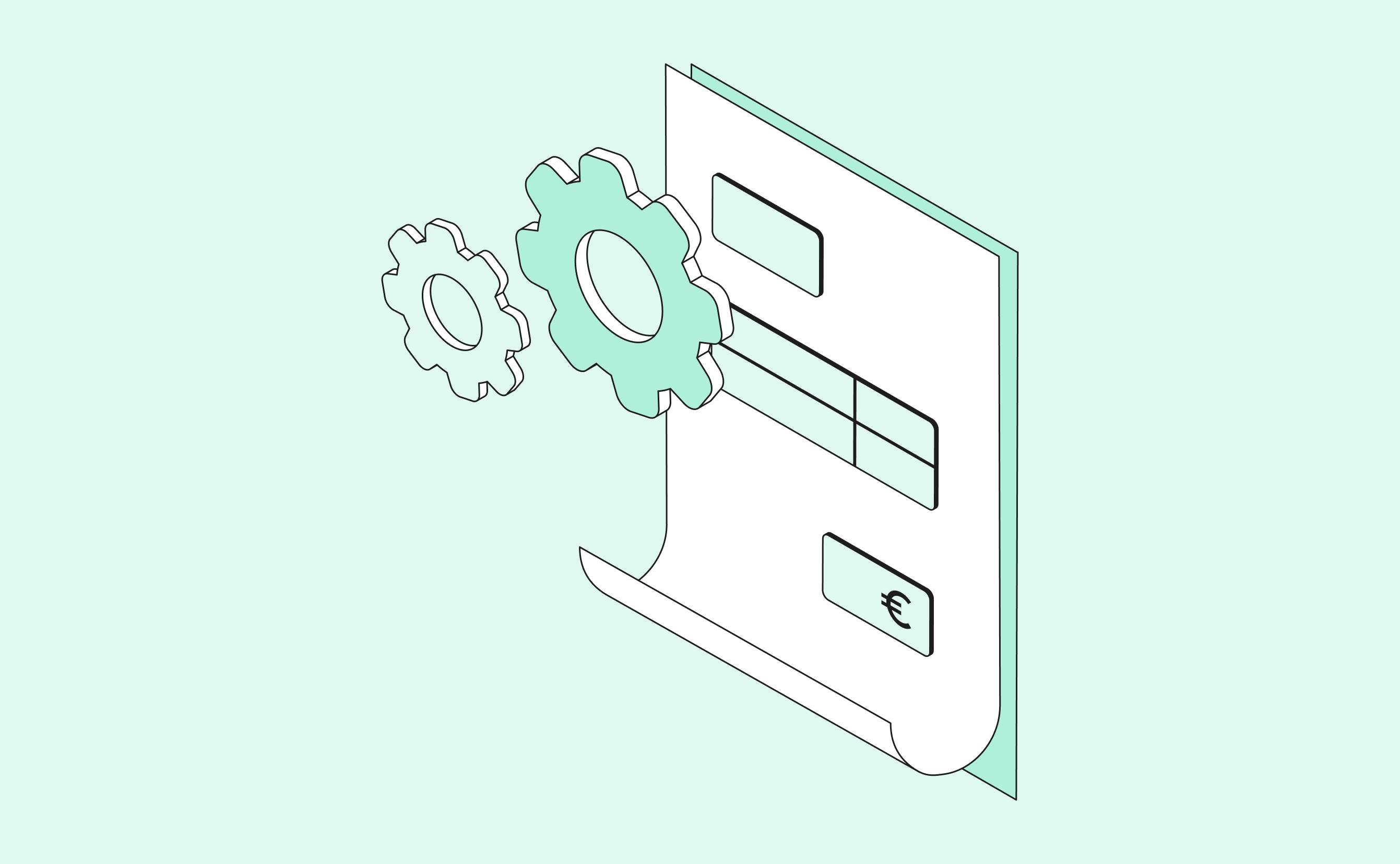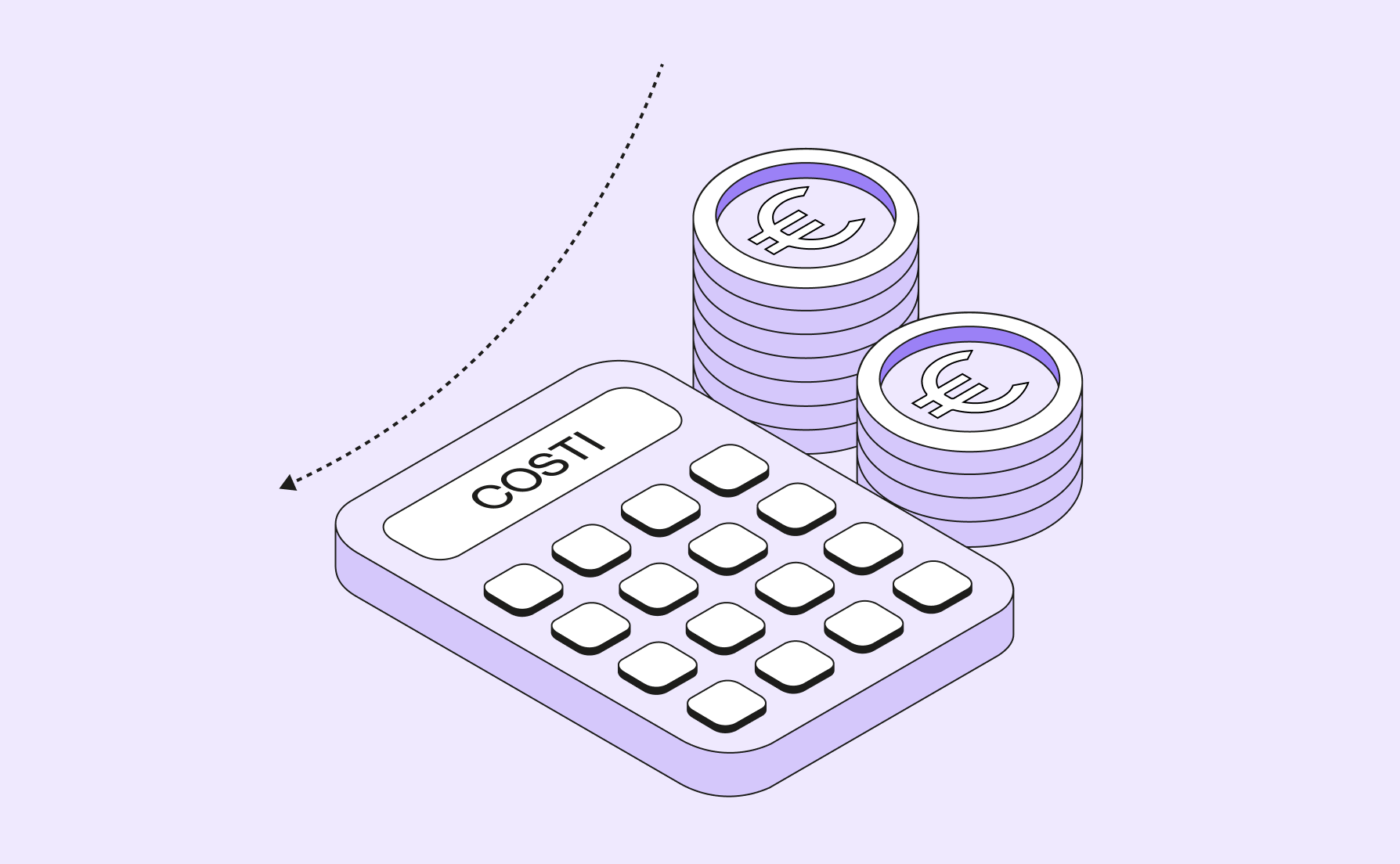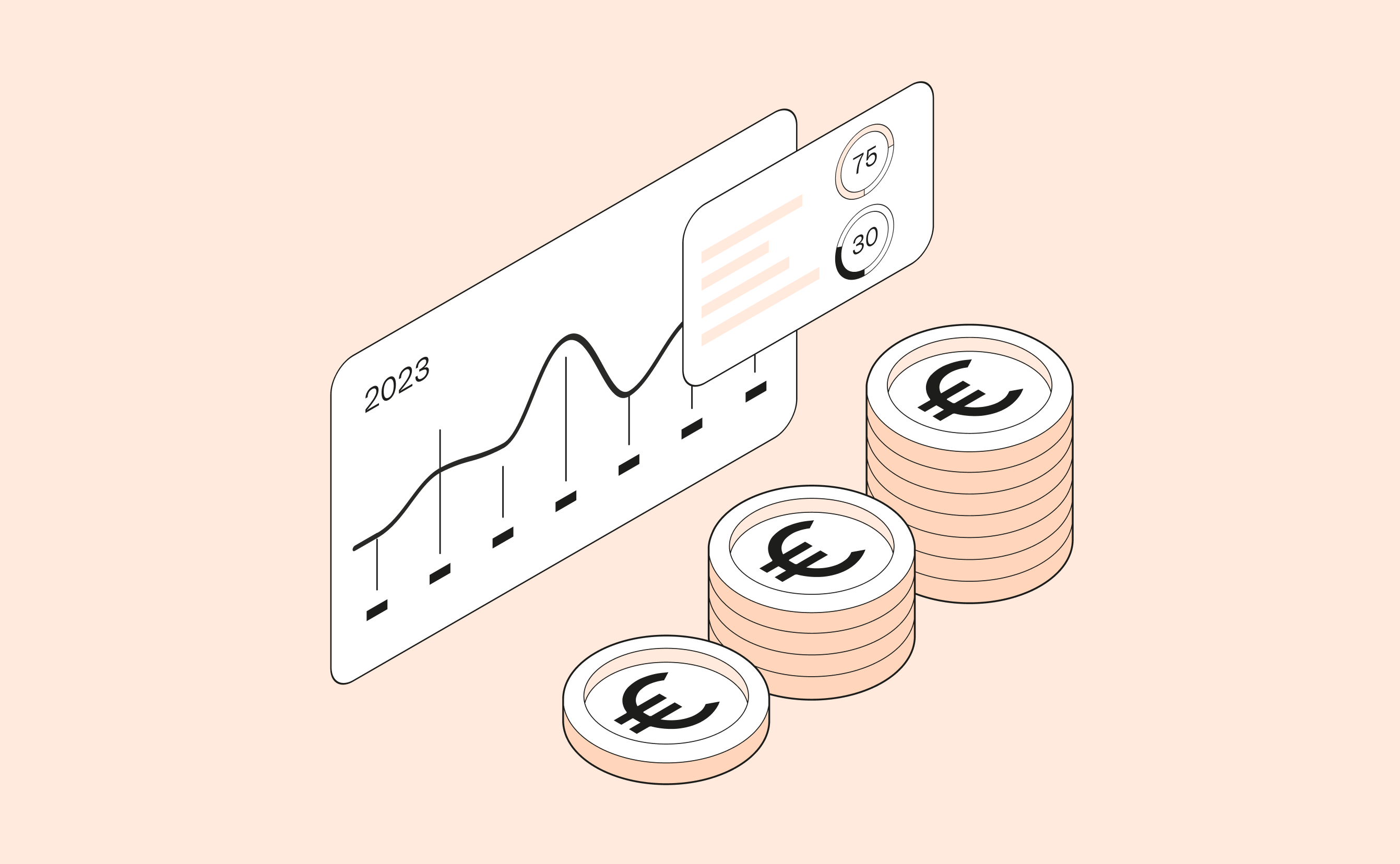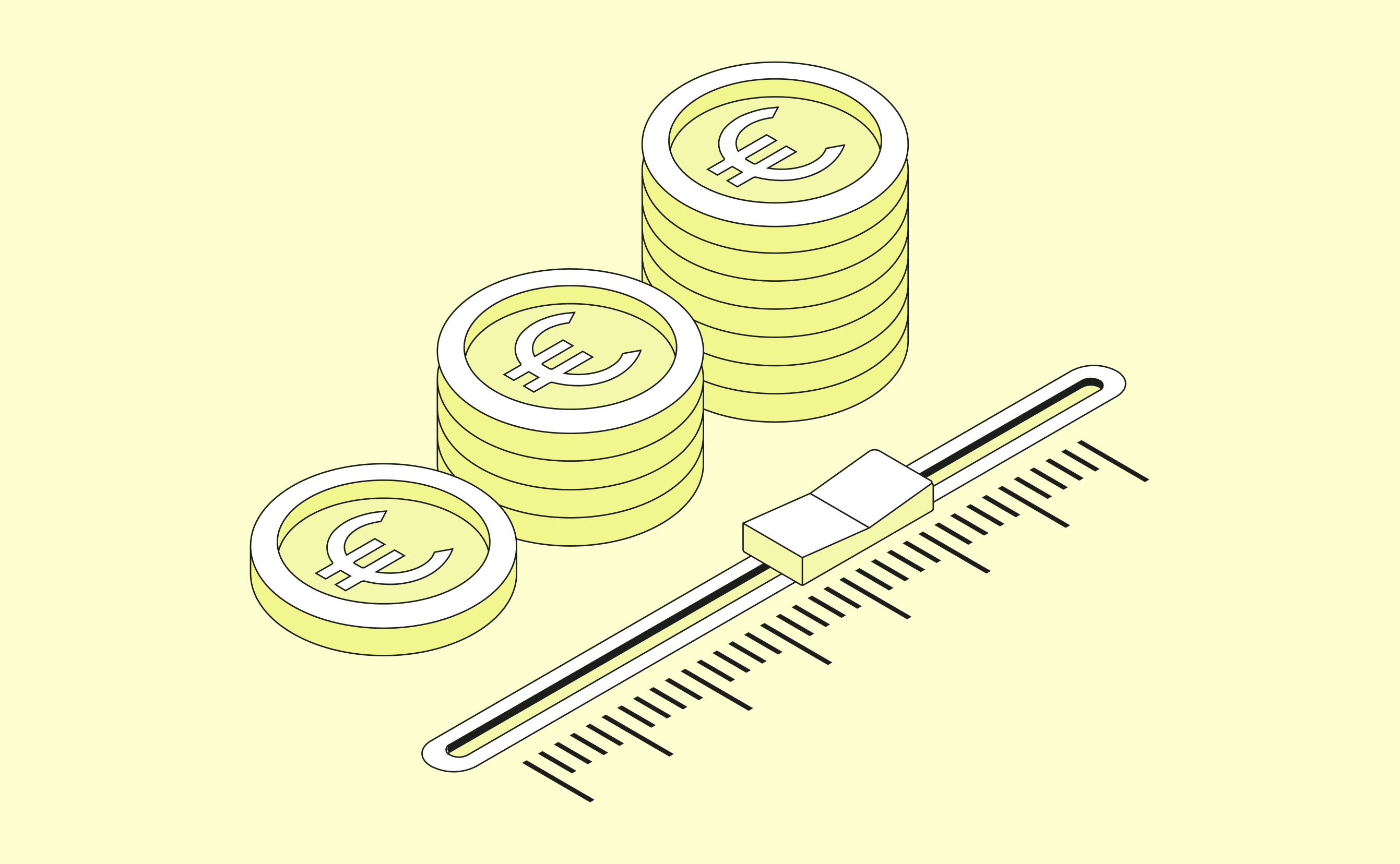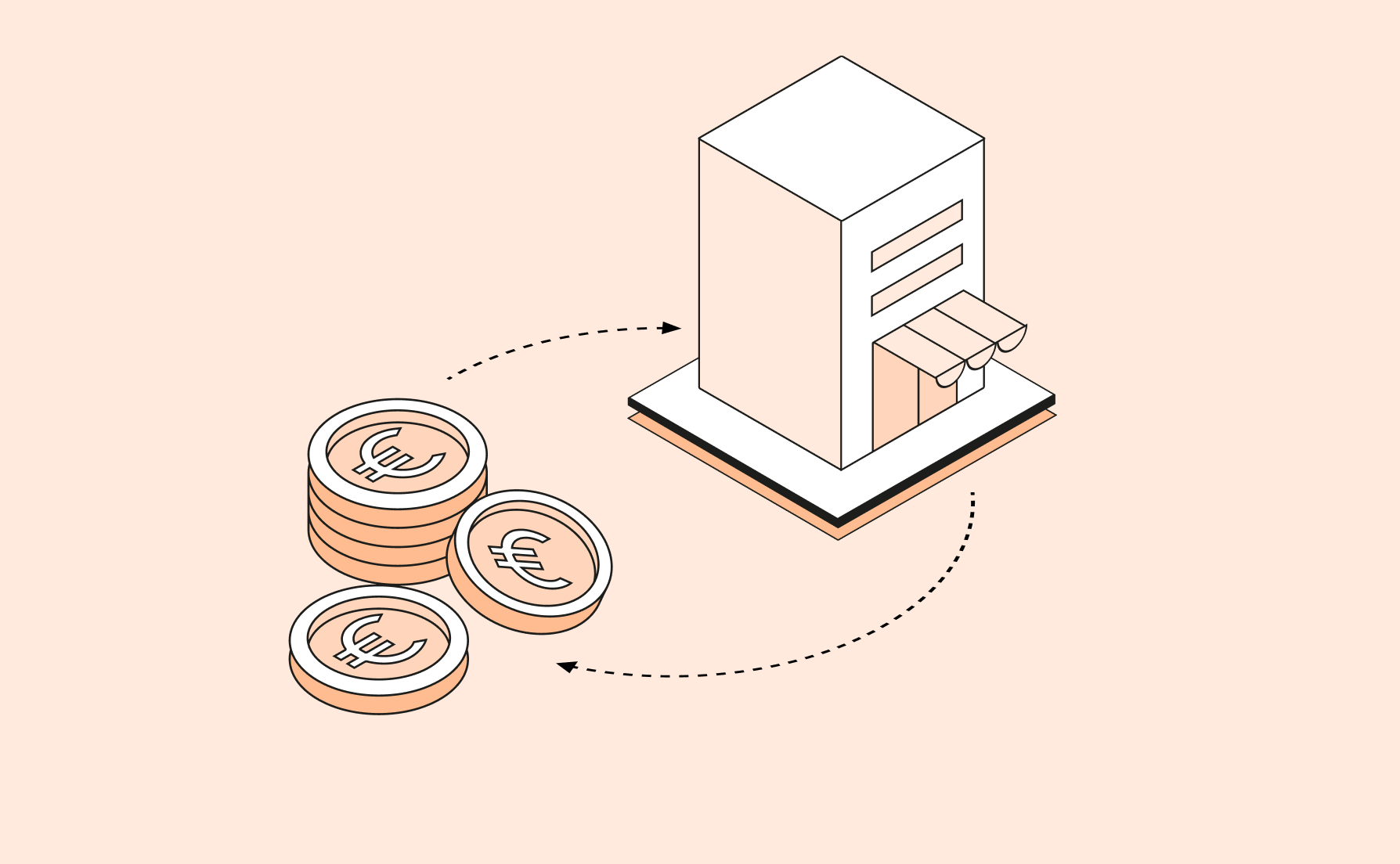Managing a company isn’t just about tracking your revenue. In fact, there are more fitting indicators to get a detailed picture of your company’s financial health. Among these is the balance sheet forecast.
As its name would suggest, a balance sheet forecast sets the stage for the forecasts an entrepreneur makes for their business. These forecasts are predictive assumptions made about the business’s development, usually plotted out over a span of several years. A balance sheet forecast is composed of two parts: active assets - the resources the company owns - and passive assets - where these resources come from.
A company’s balance sheet forecast is, effectively, a summarized financial table. You can view your company’s key figures at a glance. It includes, most notably, an income statement projection. This financial table lists the company’s income and expenses over a fiscal year. The result is either positive - meaning profits - or negative - which conversely represents a loss for the business.
When should you create your balance sheet forecast? You almost always create one when launching a company, of course. Particularly to make sure your project is going to be profitable. That’s not the only time, however: you’ll want to write up a new balance sheet forecast at the close of each financial year.
